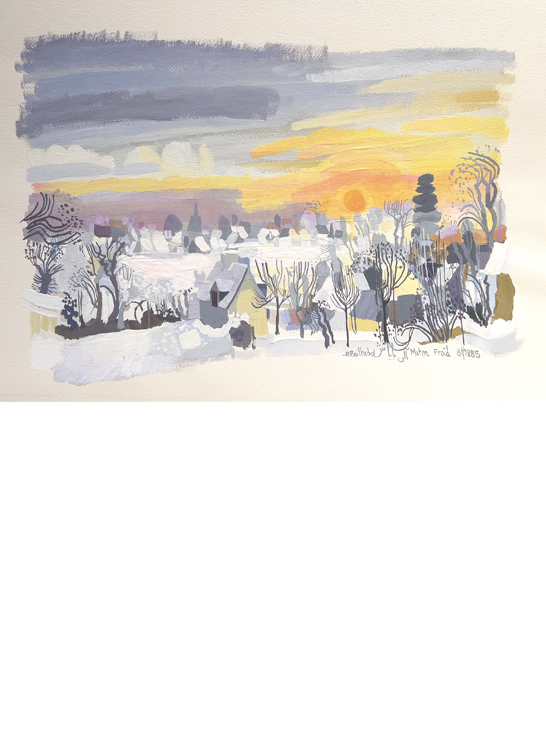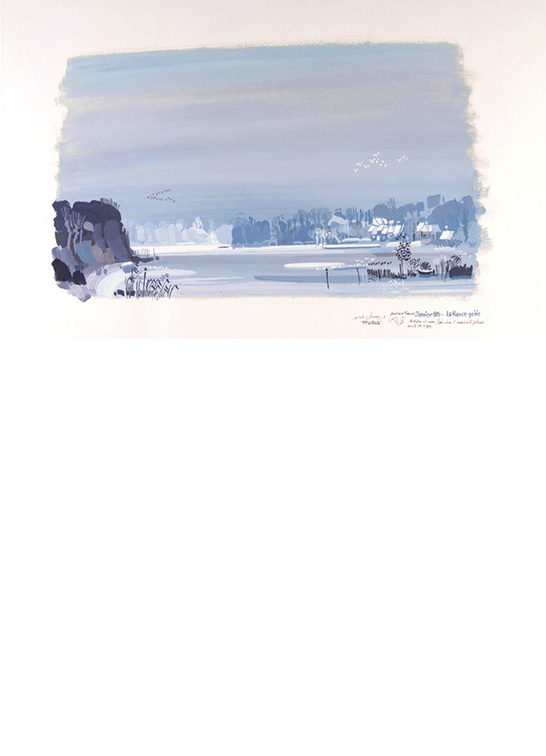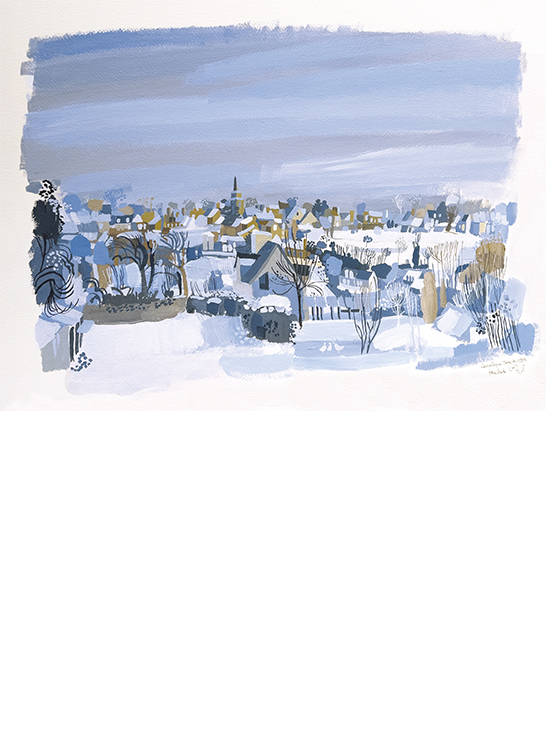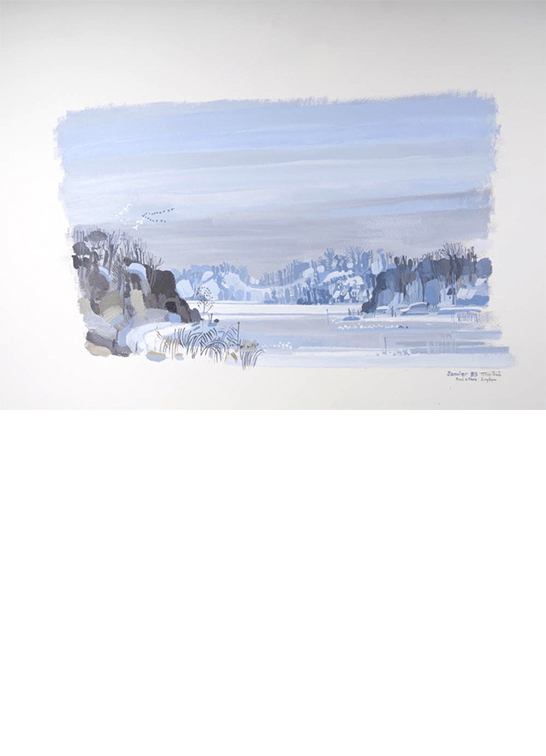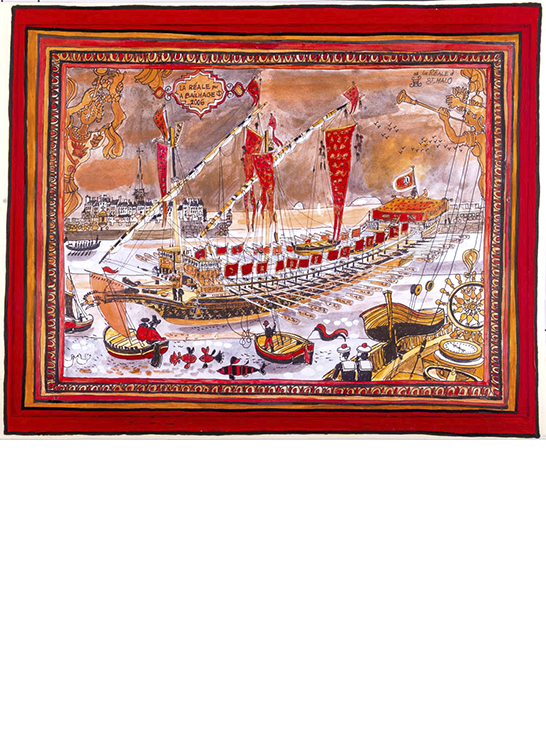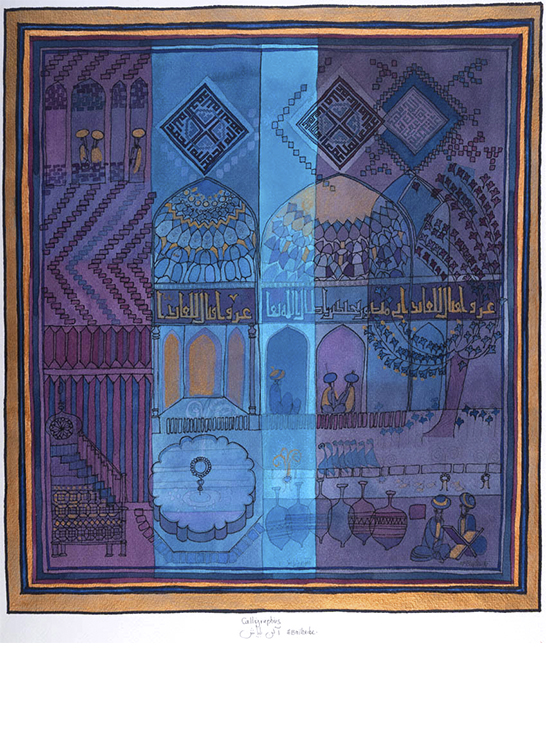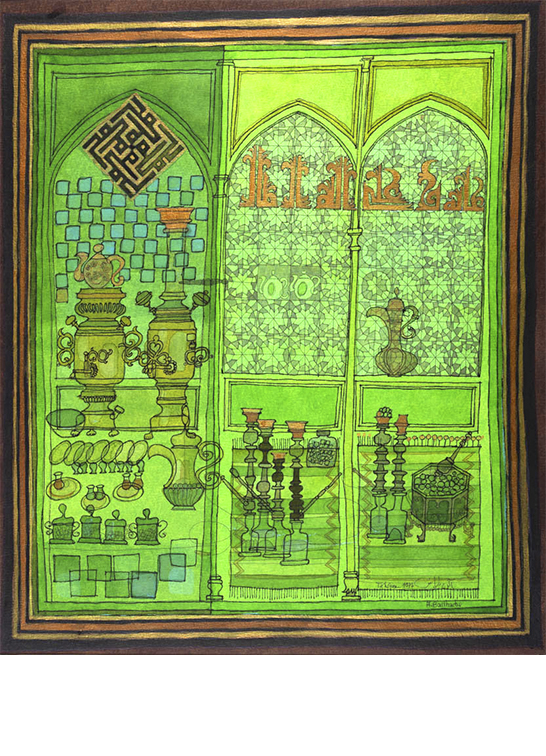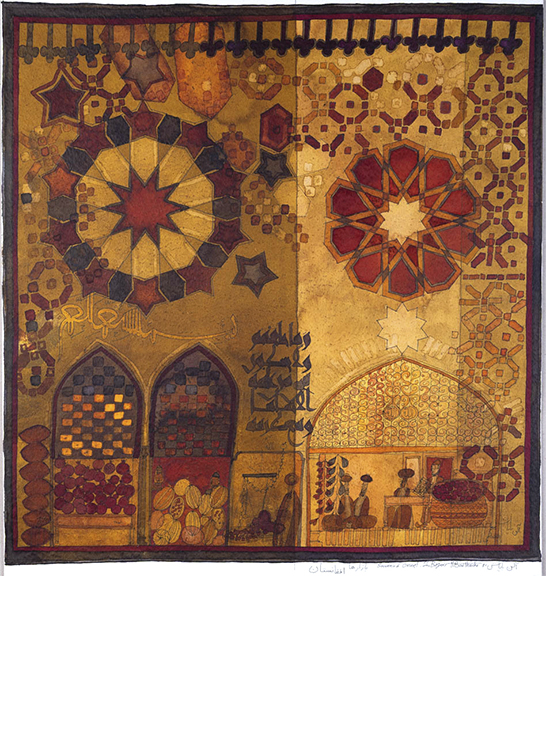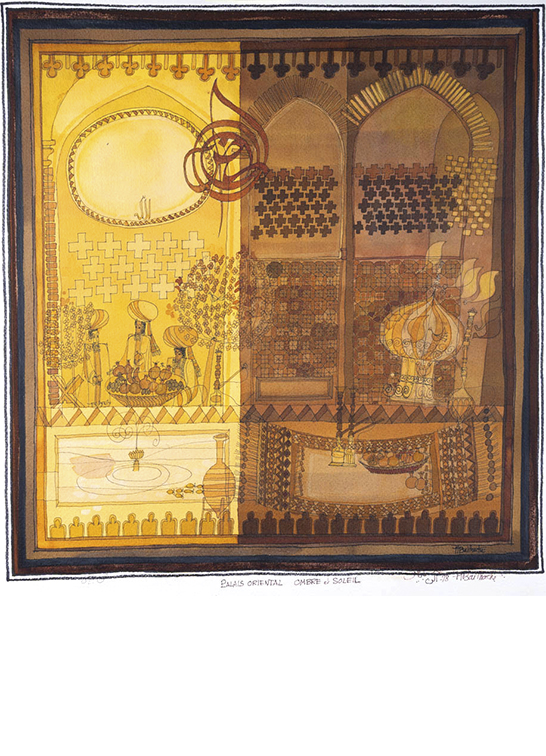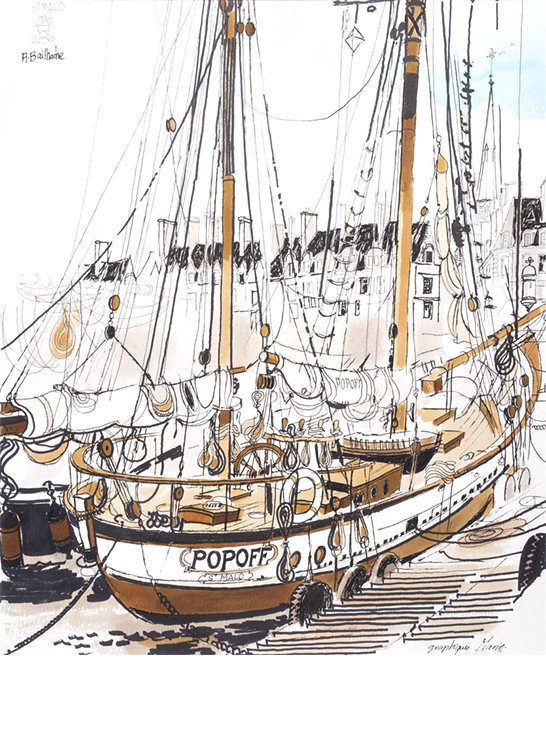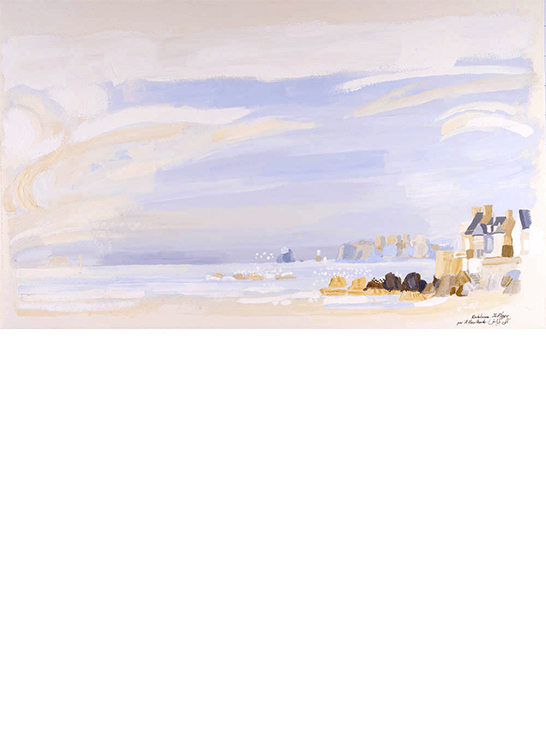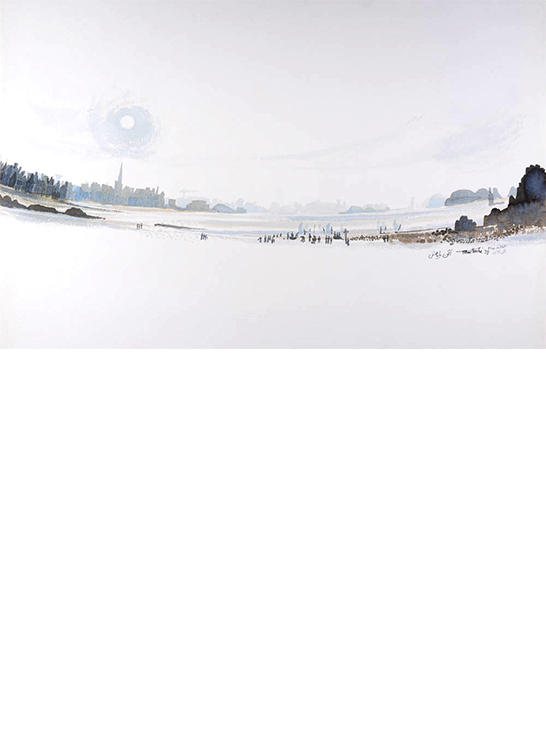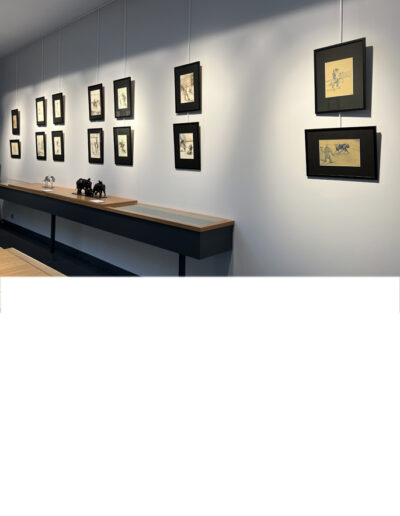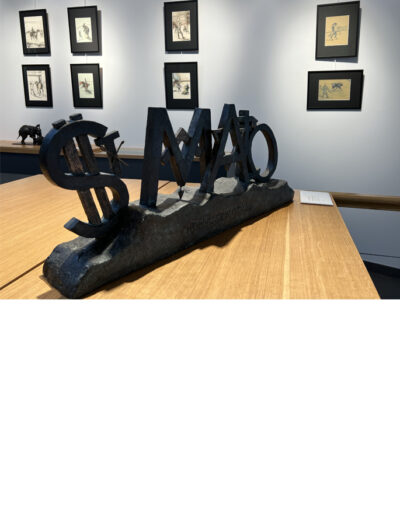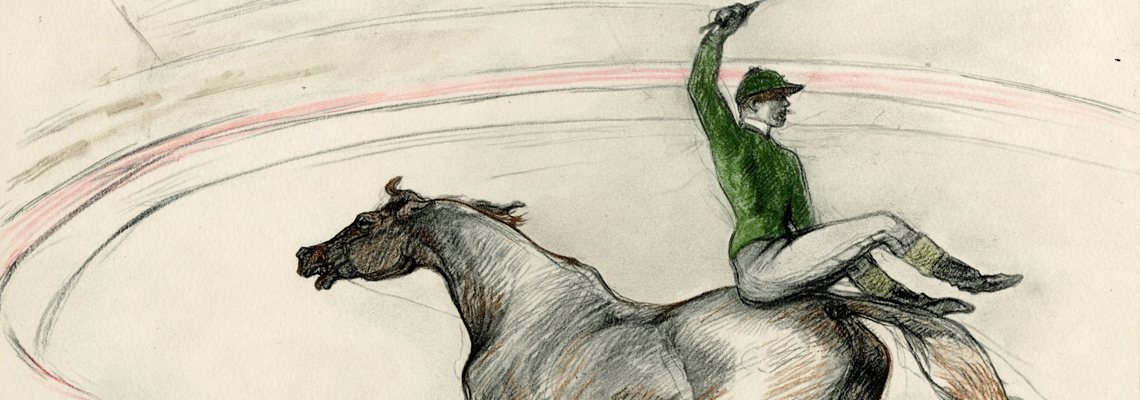
Exhibition Toulouse-Lautrec. At the circus
9th of July to 24th of September 2022
Is it still necessary to present Henri de Toulouse-Lautrec? Except to repeat what historians have told a thousand times: his incredible bohemian life, marked by alcohol and women. And then his genius, immense, admired in all the museums of the world! Paintings, lithographs, drawings… Including the famous drawings he devoted to his passion for the circus, published in 200 copies in 1905. And gathered for our exceptional exhibition « Toulouse-Lautrec. At the circus ».
Exhibited Works
Toulouse-Lautrec
At the circus
Eight years after inaugurating the Cristel Éditeur d’Art Centre with Jacques Villeglé, which artist should we invite to celebrate our 30th exhibition? A contemporary master in the vein of Adami, Brusse, Erró, Veličković, Seguí, Klasen, Guyomard or Salas Borquez, all came to our walls, to Saint-Malo? A prestigious classic, whitewashed by art history, like Émile Bernard who was the persona grata of our 25th exhibition? Or should we have chosen an event, as when we chose to present, in collaboration with the studio Clot, Bramsen & Georges, the largest colour lithograph ever printed? Necessary questions, finally answered by a double answer: our 30th exhibition, organised from 9 July to 24 September 2022, will give pride of place to an immense, legendary classical painter. For this reason alone, but also for the rarity of the pieces gathered here, it is an event!
Let’s focus on this name: Henri de Toulouse-Lautrec… A true genius, applauded in the greatest museums of the world. But a man apart, had he been Vincent Van Gogh and Emile Bernard’s companion, of whose he left exceptional portraits. For there is inevitably, for the many specialists who followed him step by step, the inseparable idea of a life and a work. Let’s first talk about the work: over 1,000 paintings and watercolours, 369 lithographs, thousands of drawings. Always astonishing creations, that we would like to call singular, if not « unclassifiable ». It is obvious: as there was only one Van Gogh, there would be only one Toulouse-Lautrec. Only one prodigy, armed with this so particular line, sometimes floating and vaporous, sometimes cutting like glass. Only one demiurge who knows how to look at beings and things with a sharp eye, reminiscent of Rimbaud and Artaud.
And then, the man… A god, a devil, a myth! Is it necessary to write here what books and movies have abundantly told? His incredible bohemian life, marked by alcohol and prostitutes. His frail health, his quick death, certainly kinked to the worst of his inheritance: his parents’ consanguinity, first cousins and worldly aristocrats descending from a very old French family. At what point did he discover in art a parade capable of making him forget his counterfeit body, which would not exceed five feet tall? Probably in 1872 (he was eleven years old), when his father, newly settled in Paris, took him to the circus. A dazzling, indelible impression… For years, as if he wanted to rediscover this sweet intoxication, Henri de Toulouse-Lautrec continued to admire the fury of the track, its clowns, its horsewomen, its jugglers and its trapeze artists. Finally, we shall mention all those who performed volleys in the air, which he would then throw onto his canvases, onto his drawing sheets.
Of this passion we know what would remain: thirty-nine coloured pencil and watercolour drawings made in 1899, in an asylum, two years before his death on 9 September 1901. Thirty-nine testimentary and masterly wonders, therefore, immediately acclaimed by critics. So much so that in 1905, the Maison Goupil, universally renowned for its art editions, decided to reproduce twenty-two of these irreplaceable drawings identically, using the demanding process of phototyping. Then, as this first portfolio had become inaccessible (eminent collectors had snapped it up), the Librairie de France, in 1930, used the same process with the last seventeen drawings of the painter. In other words, the entirety of his work was brought together in two portfolios entitled « At the Circus », of which only 200 copies were published worldwide.
The Carteret catalogue warns bibliophiles: « Beautiful and rare suites, highly valued and highly quoted ». It is to announce, in a way, our happiness to be able to offer the entirety of these drawings that have long been unavailable on French soil.
Christophe Penot
Art editor

